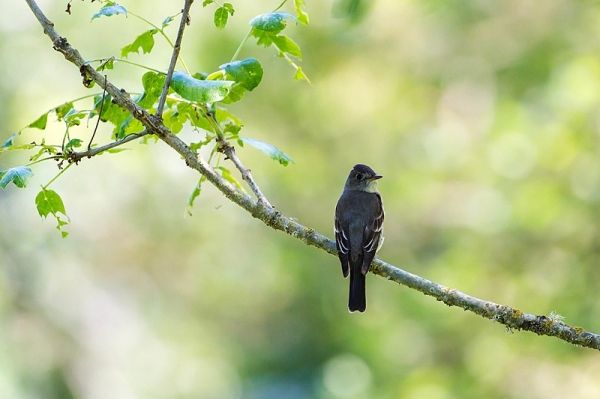A new study shows that a widespread decline in abundance of emergent insects – whose immature stages develop in lakes and streams while the adults live on land – can help to explain the alarming decline in abundance and diversity of aerial insectivorous birds (ie preying on flying insects) across the US. In turn, the decline in emergent insects appears to be driven by human disturbance and pollution of water bodies, especially in streams. This study, published in Frontiers in Ecology and Evolution, is one of the first to find evidence for a causal link between the decline of insectivorous birds, the decline of emergent aquatic insects, and poor water quality.
Human activities, such as urbanization and agriculture, have adverse effects on aquatic ecosystems. In the US, 46% of streams are in poor condition, while 57% of lakes suffer from strong human disturbance. The immature stages of aquatic insects – especially stoneflies, mayflies and caddisflies – are known to be highly sensitive to pollution, which is why they have often been used as biomonitors for water quality. But the authors of the present study predicted a priori that emergent insects – whose adult flying stages are important sources of food for birds, spiders, bats and reptiles – should likewise be powerful biomonitors for the health of terrestrial ecosystems. This prediction is borne out by the new results.
“The massive decline in bird fauna across the US requires that we adopt new paradigms for conservation. Currently, most management and conservation agencies and plans are separated into aquatic and terrestrial divisions. However, aquatic and terrestrial ecosystems are inextricably linked through a suite of ecological connections,” says author Dr Mažeika Sullivan, associate professor in the School of Environment and Natural Resources and director of the Schiermeier Olentangy River Wetland Research Park at Ohio State University.
Read more at Frontiers
Photo Credit: Melissa McMasters via Wikimedia Commons


